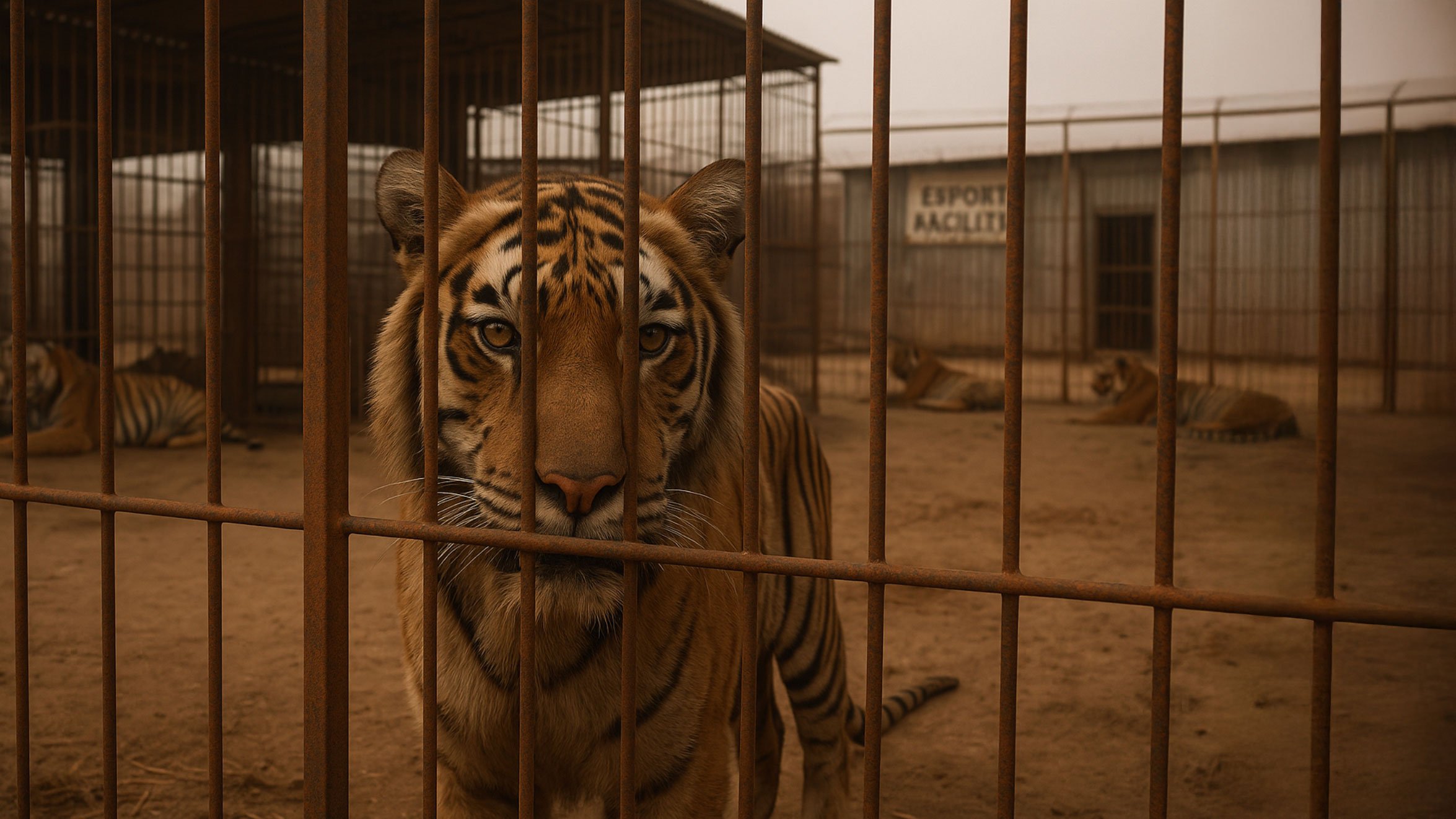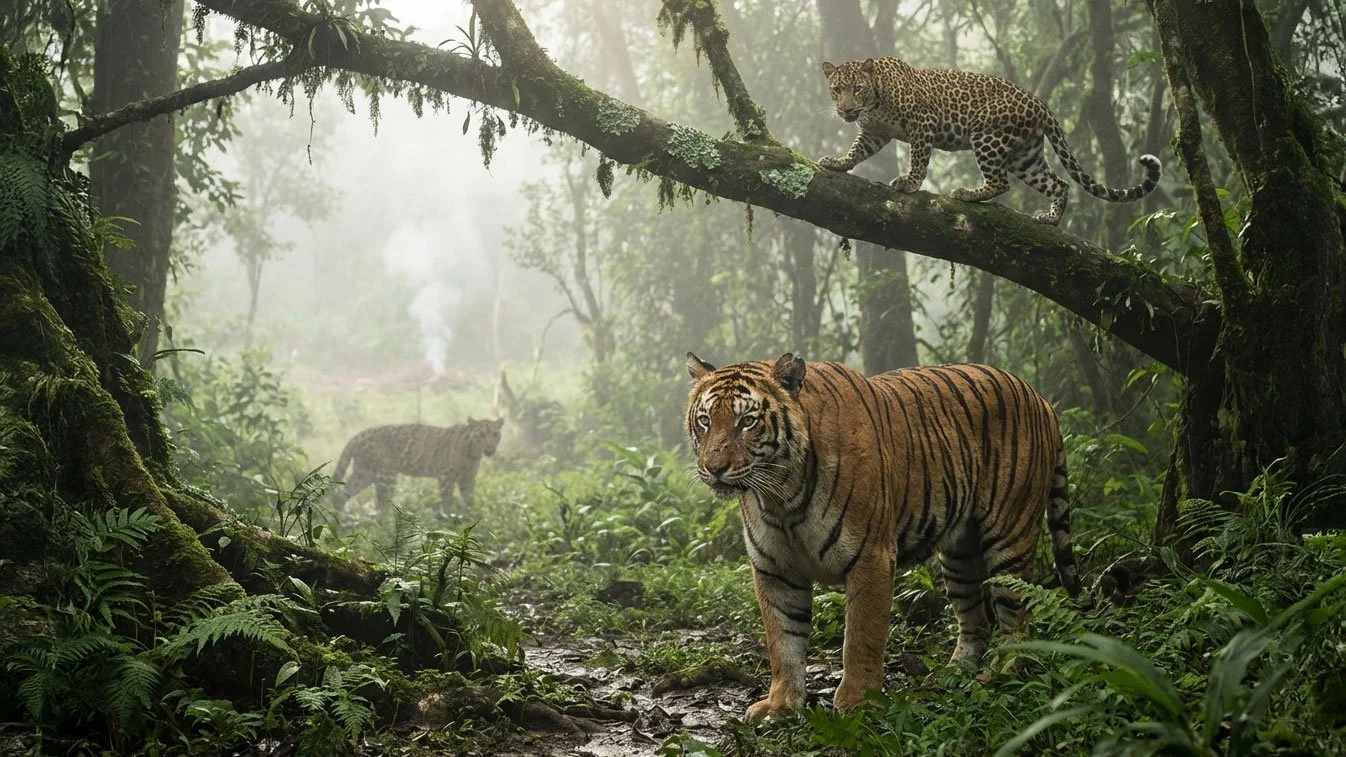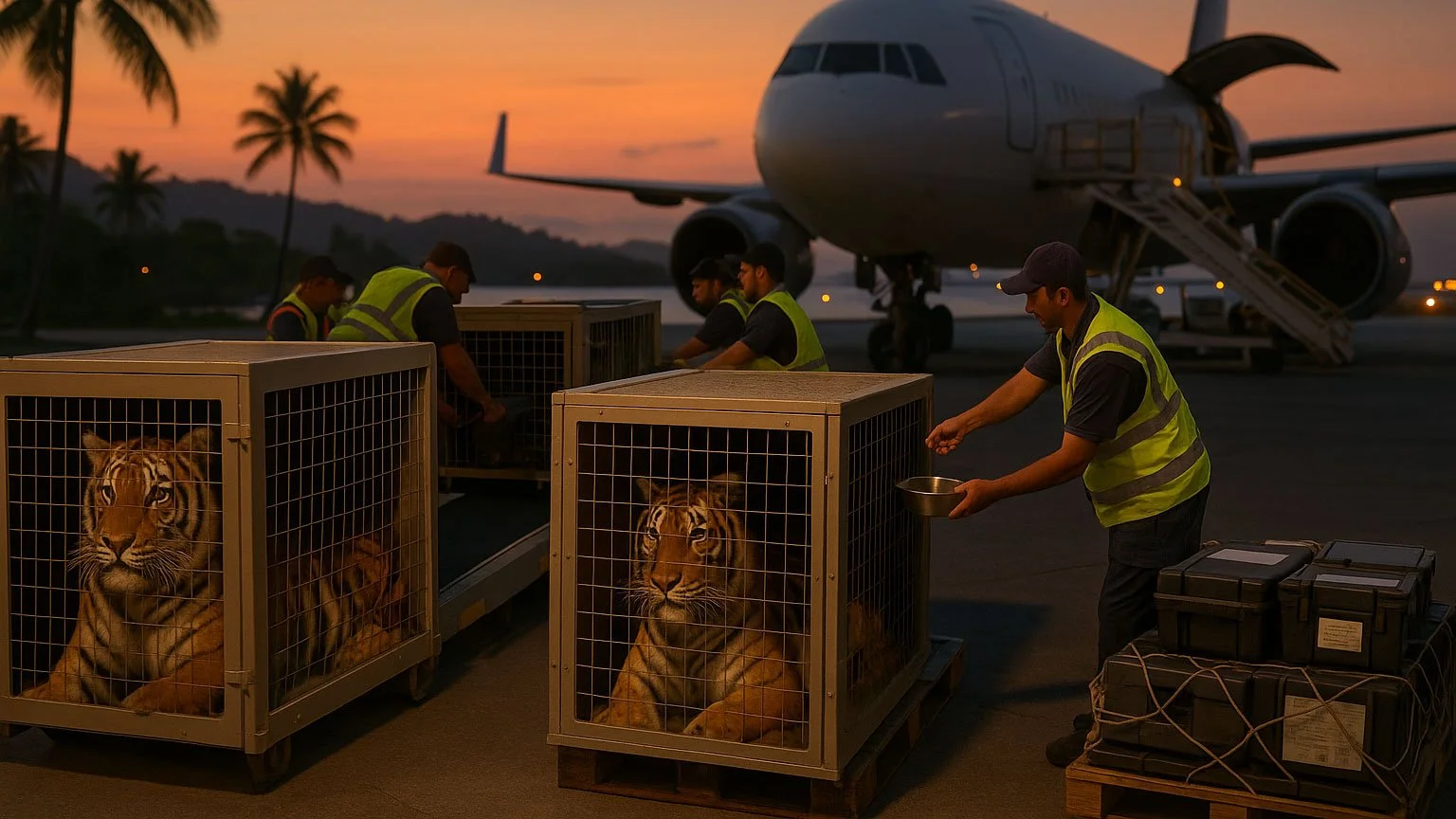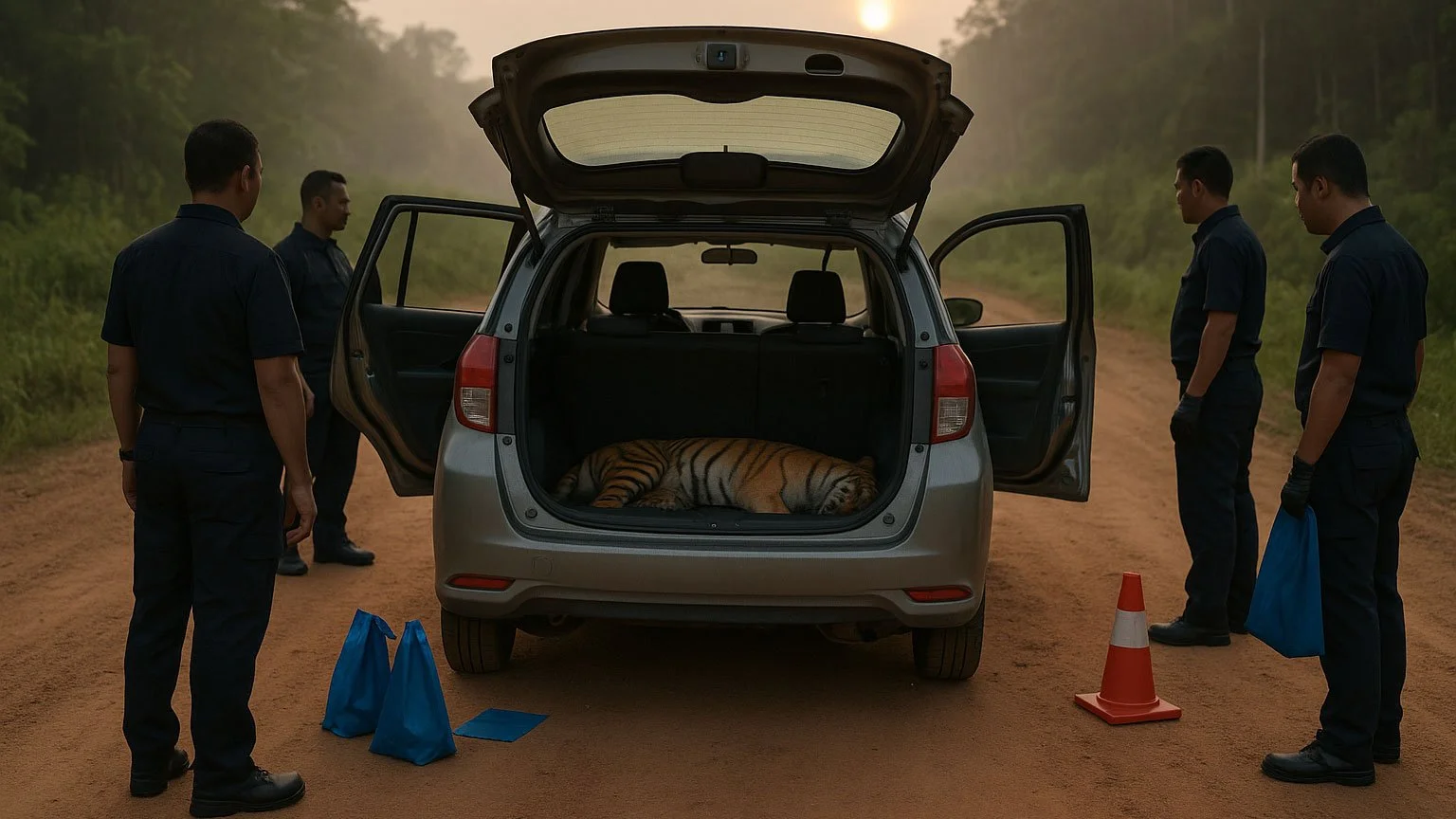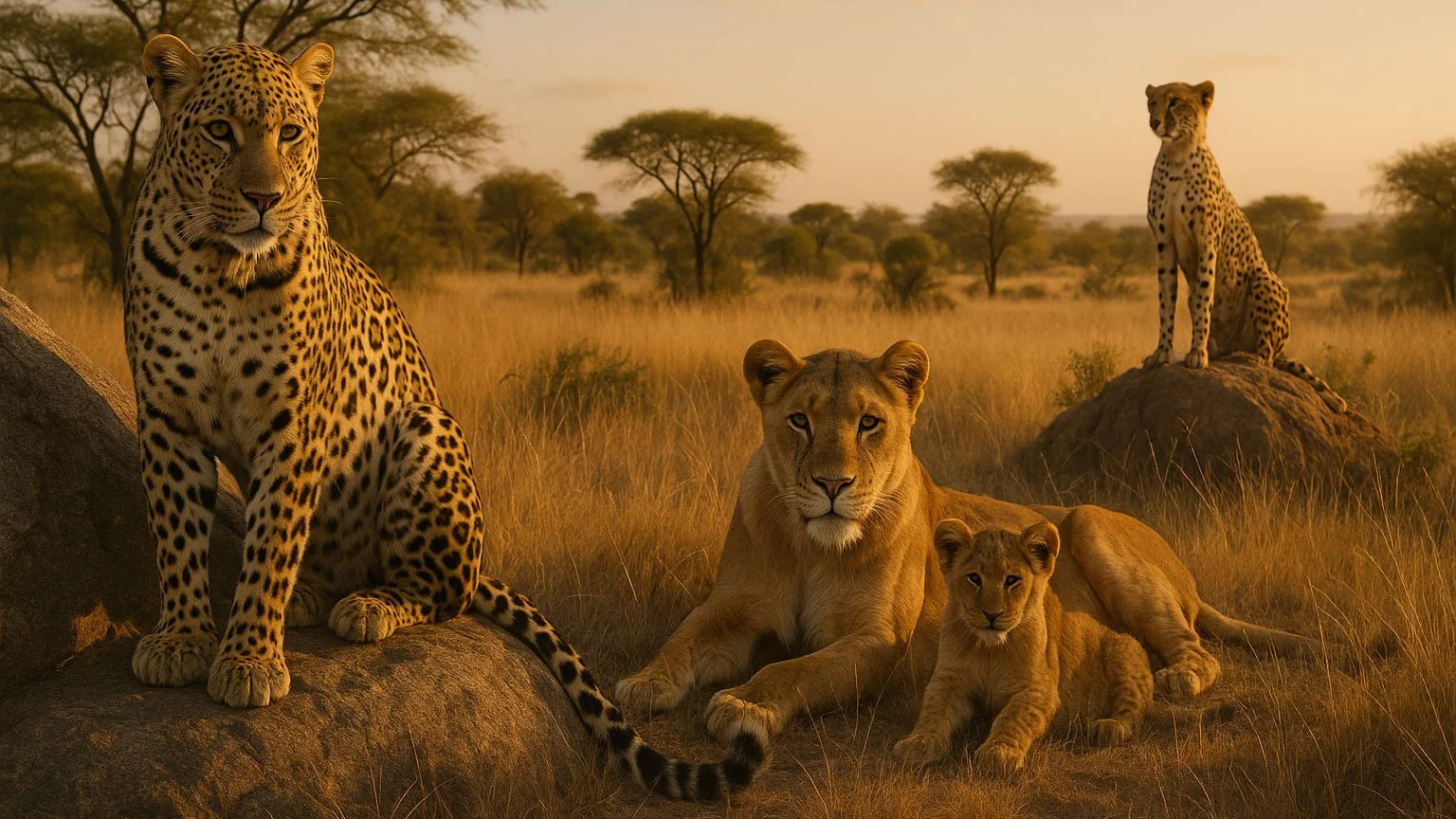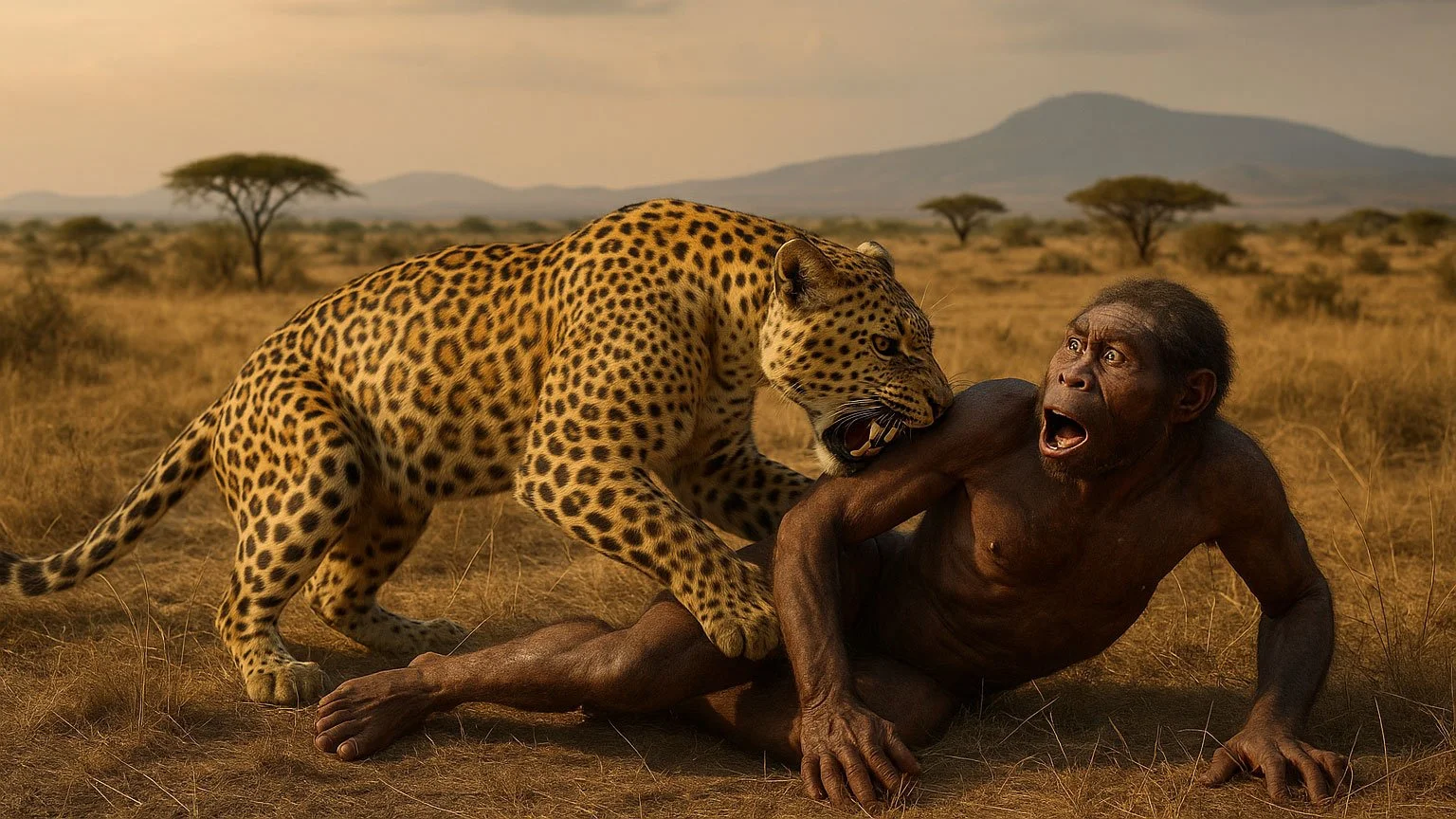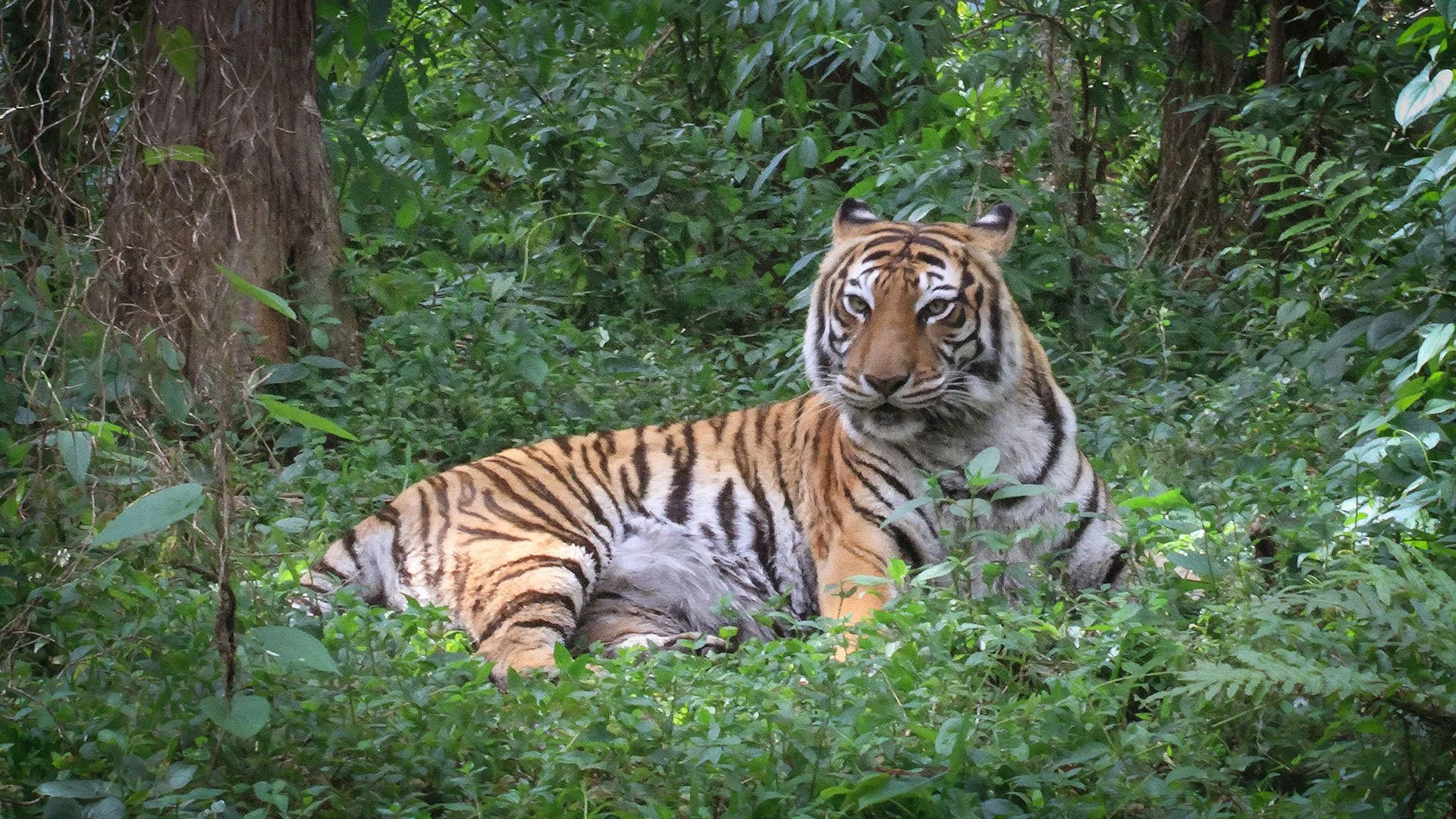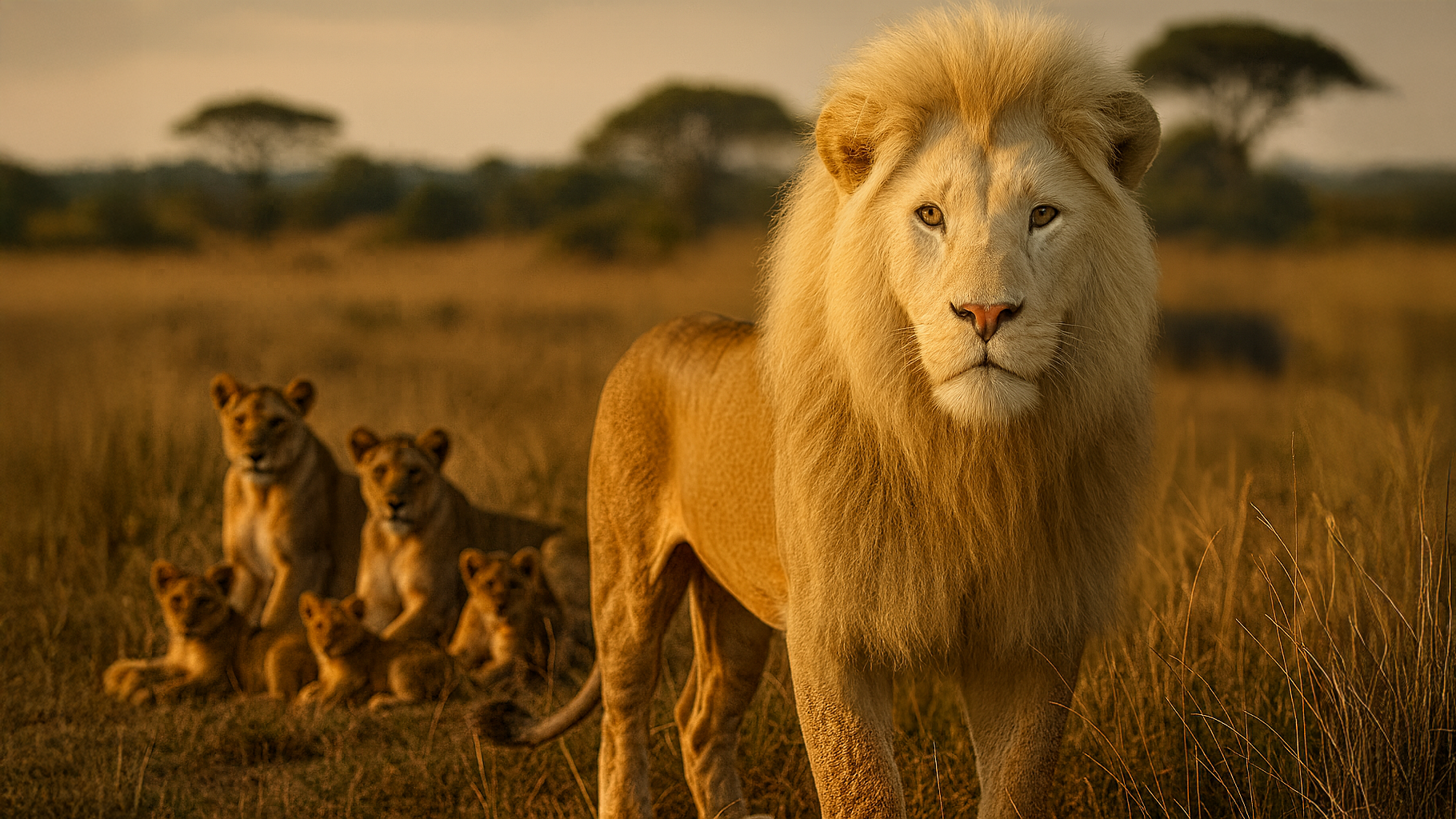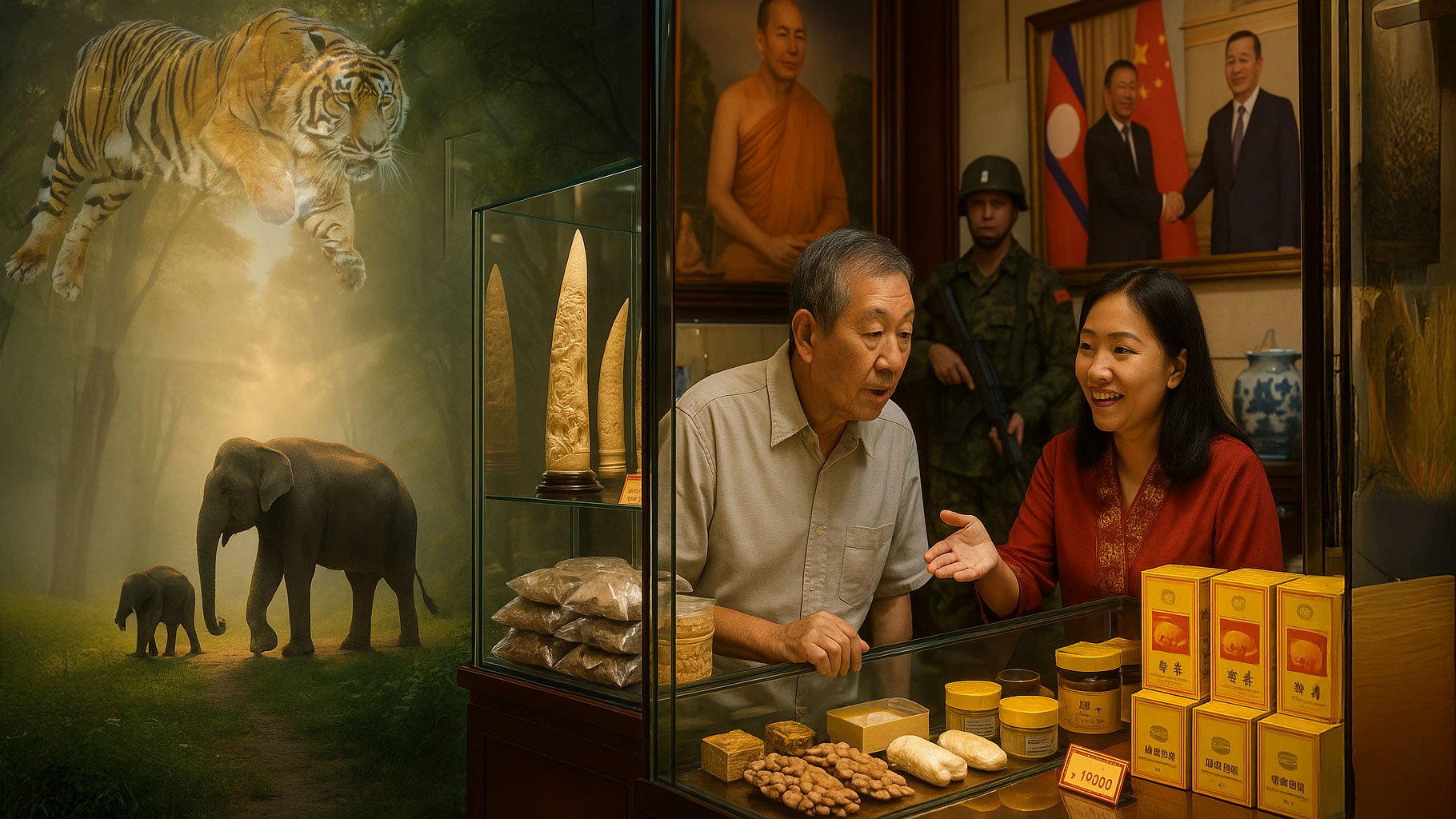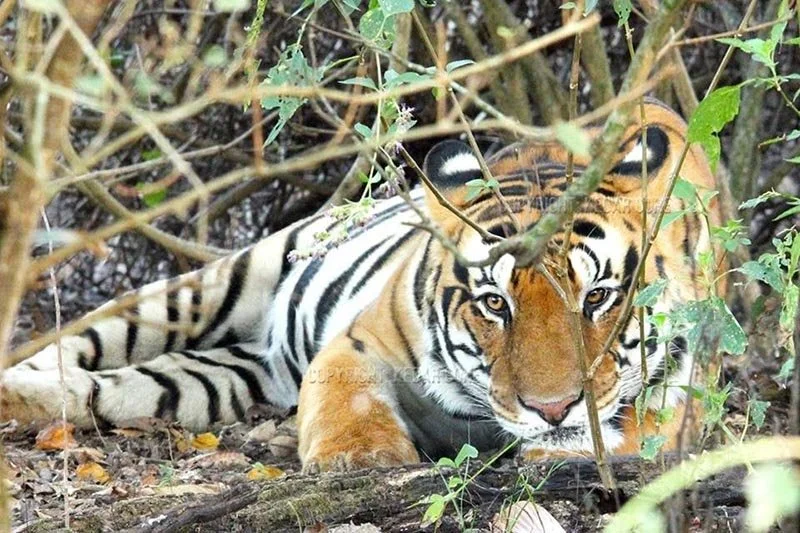Caged for Profit: The Cruel Trade of South Africa’s Tigers
In a land where lions rule the savanna and elephants carve ancient trails through dusty earth, a sinister secret prowls behind high fences and locked gates. South Africa, renowned for its rich wildlife heritage, has become the unlikely epicenter of a dark, growing industry: the commercial farming and international trade of captive-bred tigers.
Yes—tigers. Not native lions, but tigers—iconic predators of Asia—are being bred in South Africa, not for conservation, but for profit.
A Tiger’s Life Behind Bars
Imagine being born not into the wild lushness of an Indian jungle or the Siberian taiga, but into a cramped, barren cage in South Africa. Your mother, used as a breeding machine, is torn from you while you’re still a cub. You’re raised behind bars, often with little space, inadequate food, and no mental stimulation. You might live beside dozens of others, some pacing with agitation, others broken from boredom.
This is the reality for hundreds of tigers—at least 626, by official count—in South African breeding facilities. And that number is likely an underestimate since provinces like KwaZulu-Natal and Mpumalanga didn't submit their figures.
They're not being bred for any noble purpose. These tigers are raised for trophy hunting, for their bones (coveted in traditional tiger wine markets in Asia), and for export—often under highly questionable pretenses.
Legal Loopholes and Willful Blindness
Between 2016 and 2021, nearly 200 live tigers were legally exported from South Africa. One export in May 2024 saw 40 tigers shipped to India—a shocking number suggesting commercial motives. None of the tigers shipped were purebred, so it was not for re-wilding purposes. Yet, when questioned in Parliament, Environment Minister Dion George refused to acknowledge the commercial nature of these exports, citing lack of evidence and hiding behind bureaucratic technicalities.
Here’s the catch: tigers are listed under Appendix I of CITES (the Convention on International Trade in Endangered Species), which prohibits commercial international trade. Yet South Africa claims these exports are for non-commercial use—often to “zoos.” But many of these zoos are fronts for commercial breeding or entertainment businesses. There is no clear CITES definition of a zoo, allowing breeders to exploit the loophole.
And because tigers are not native to South Africa, they aren’t protected under the country’s Threatened or Protected Species (TOPS) regulations. It’s a stunning failure of policy, allowing South Africa to wash its hands of responsibility, claiming CITES doesn’t apply to non-indigenous species—even though the international body has clearly stated otherwise.
Suffering Beyond Imagination
The consequences of this policy vacuum are horrifying. One tiger, discovered in a breeding facility in North West province, had chewed away part of her front legs—a sign of immense physical and psychological suffering. She was malnourished, mutilated, and ultimately euthanized.
The facility’s owner called her a loss of “money.” He owns 81 more tigers.
This isn’t an isolated case. For nearly a decade, investigations have uncovered cruelty and corruption in South Africa’s exotic animal trade. TRAFFIC’s Wildlife Trade Portal documented nearly 100 seizures involving big cats or their parts between 2004 and 2024, many linked to organized criminal networks.
Who’s Responsible?
The Department of Forestry, Fisheries and the Environment (DFFE) defers responsibility to provincial authorities, claiming it’s unaware of the decisions behind export permits. The provincial authorities claim they’re merely following the letter of the law. Meanwhile, no Non-Detriment Finding (NDF) has ever been done for tigers in South Africa—a CITES requirement.
Meanwhile, the Animals Protection Act gives the Minister of Agriculture the power to prevent cruelty to animals—but no regulations have ever been created to protect tigers.
It’s a bureaucratic hot potato where no one takes responsibility, and the tigers pay the price.
A Call for Change
The scale of tiger farming in South Africa is not only an animal welfare catastrophe—it’s a conservation crisis. With fewer than 2,500 wild tigers left in the world, every effort should be directed at protecting them in the wild, not undermining that goal through a parallel industry of exploitation.
The international community is watching. CITES has already issued directives demanding countries with tiger breeding operations take steps to ensure they are only for the benefit of conservation—not commerce. South Africa has refused to comply.
This is not just about animals suffering in cages. It’s about what kind of world we want to live in. One where magnificent creatures like tigers are respected, or one where they’re reduced to products, bred for bones and bullets?
We Can Do Better
The story of these tigers is heartbreaking, but it's not without hope. Awareness is the first step. Advocacy is the second. And action—whether that means calling on governments to close legal loopholes, supporting conservation organizations, or simply spreading the truth—is how we ensure that wild tigers continue to exist in the wild, not as prisoners in distant lands.
Let’s roar in unison for the voiceless. Together, we can be the difference between a cage and a kingdom.
Learn more: https://www.dailymaverick.co.za/article/2025-04-22-sa-government-continues-to-defend-odious-trade-in-tigers/
